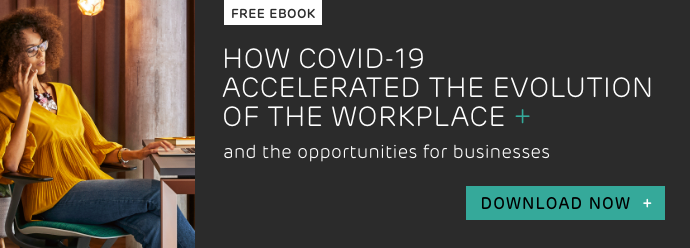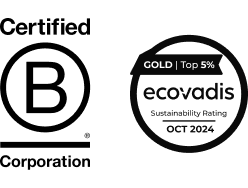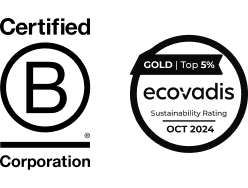High rates of employee anxiety and burnout are a critical reality for organisations. Last year in the UK, 602,000 workers suffered from work-related stress, depression or anxiety and 12.8 million working days were lost as a result.
To combat this crisis, the workplace needs to support people’s wellbeing from a holistic perspective, which includes physical, mental and emotional needs. Not only is wellbeing vital for employees’ personal fulfilment at work, it is also critical to an organisation’s ability to thrive and innovate.
With this challenge in mind, The Future Laboratory recently published Workplace Futures report reflected on the ways in which these objectives might be achieved.
According to the report:
“Future workspaces will be designed to help consumers break out of their mental and physical cocooning to fully embrace resilience. As a natural extension of wellness culture, much of the workplace’s role in facilitating resilience will centre around the optimisation of people’s physical, mental and emotional wellbeing.”
So what will these centres of resilience look like?
How can we design the workplace to foster a resilience culture within our workforce?
Biophilic design
Biophilic design purposefully weaves materials, colours, textures and shapes drawn from, and inspired by nature, into the built environment. It reflects the basic human need for sustainable engagement with the natural world and its myriad, health-giving and rejuvenating qualities.
According to the report, biophilic design will form a key characteristic of resilient workplaces. From maximising natural light to introducing colour, natural materials and green or living walls, biophilic design is becoming more important as stress-related illnesses at work remain prominent.
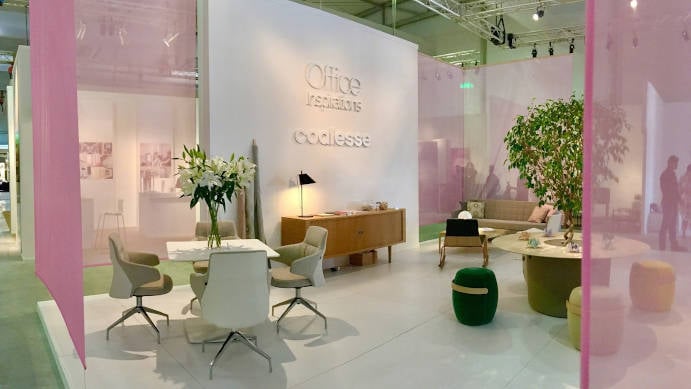
Some of the world’s largest companies, like Amazon, Microsoft, and Google are embracing biophilic design. In 2018, Amazon’s Seattle HQ opened “the Spheres, three huge glass domes that contain 4,000 square feet of space and more than 40,000 plants, including a diverse range of flora and fauna from more than 30 countries.” Microsoft have built “treehouse meeting spaces”, while at Google, employees can adjust the colour temperature of the lighting to access light that stimulates sunshine.
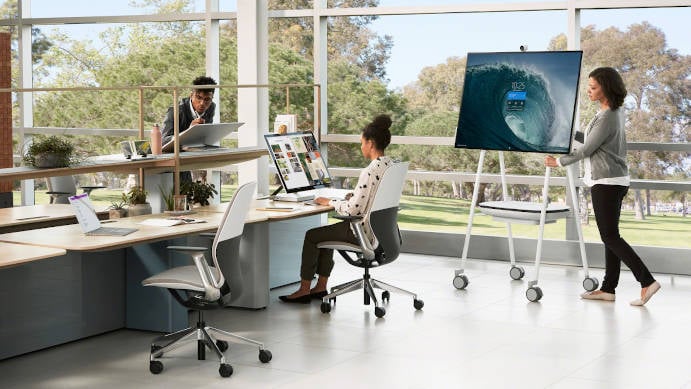
Research confirms how this kind of design can benefit an employee’s resilience and wellbeing.
- In one study, 85% of employees given access to indoor gardens at their offices reported measurable improvements in their personal wellbeing
- Another study showed people who had access to “greenery and sunlight” throughout their working day were 15% more creative than those who did not
- The same study found that people who work in spaces with natural features reported 15% higher levels of overall wellbeing
Social spaces and pause points
Areas to slow down, switch off or communicate with colleagues will be key in creating a culture of resilience. Pause points and “anti-stress booths” enable the optimisation of wellbeing by allowing employees to step away from their work into a quiet space where they can relax, unwind and re-centre themselves. The addition of social spaces supports communication and bonding between employees.
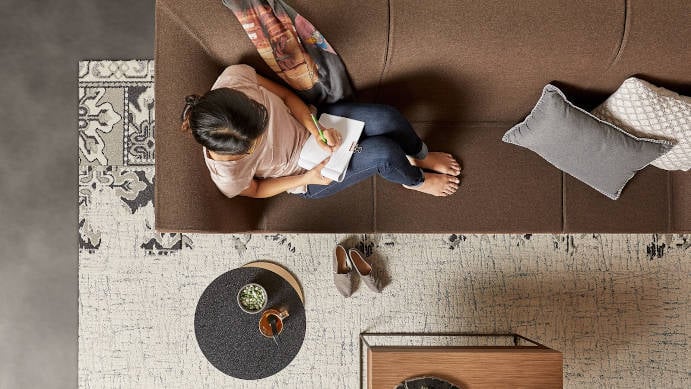
The report also nods to the adoption of new, holistic approaches to work, like Slo-working, which further supports the importance of social spaces and pause points.
"Slo-working is the deliberate deceleration of the place of work to discourage burnout. Slo-working is further cementing the importance of social spaces and pause points in the future workplace, providing workers with the places they need to slow down, switch off, communicate with colleagues and improve communication."
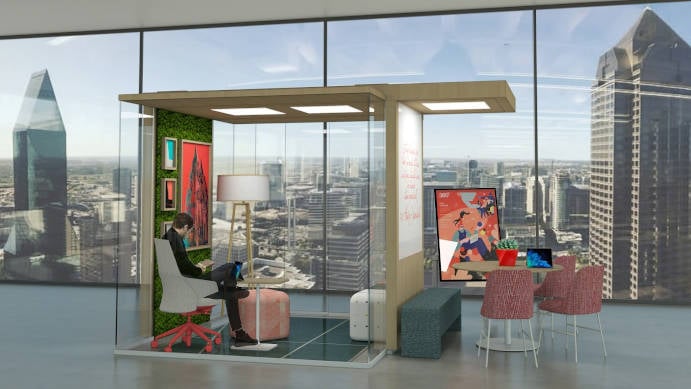
Workplace apps
The report predicts that over the next decade, we will see more technology innovations created explicitly to foster employee resilience. The authors point to start-up company Wisdom Labs, who have created an app, Wise@Work, as an example. The app is designed to provide practical advice and support mechanisms for when people experience stress or feelings of self-doubt.
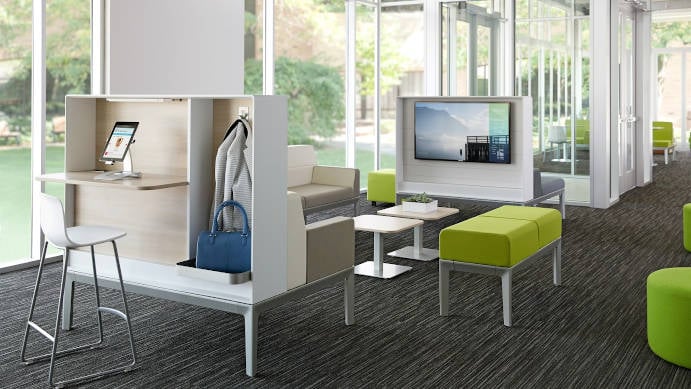
A quote from Parneet Pal, chief science officer at Wisdom Labs, indicates how far technology could go in the future to optimise wellbeing at work:
“Our future workforce could have nanotechnology sensors in their blood that keep track of their biomolecules and give them real-time feedback on their hormone levels and other stress indicators. This feedback will automatically remind them, via their devices, that they need to eat or take some exercise or meditate.”
Immersive technologies
Immersive technologies are also expected to be used to improve employee resilience and wellbeing. For example, VR-based imagination rooms will allow employees to “escape to other-worldly environments”.
Kevin Empney, founder of WorkMatters, is quoted as saying:
“Immersive technologies like VR and AR will be harnessed as both creativity-boosters and a place for people to centre themselves.”
We’re already seeing examples of how virtual reality is being applied to support wellbeing at work. Guided VR offers virtual reality relaxation experiences to employees to support corporate wellness. Cubicle Ninjas have also created a Guided Meditation VR experience where individuals can “step out of their busy day and into their own peaceful world.”
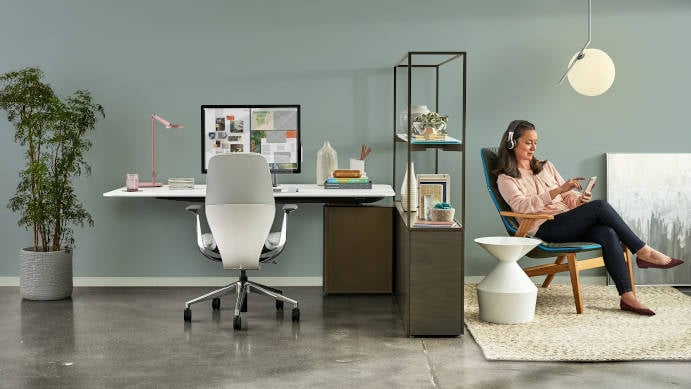
Building a resilience culture needs to start from the ground up, which means designing our workplaces to support the physical, mental and emotional wellbeing of the workforce.
Not only will this help to reduce the incidence of work-related stress, anxiety, and burnout, but in doing so, will lead to happier, more committed employees who can drive better results for the business.




